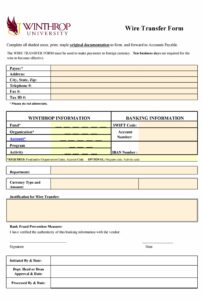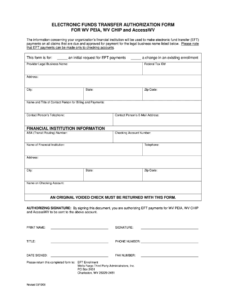Utilizing a structured approach offers several advantages. It helps maintain professionalism, reduces misunderstandings, and expedites the review process. A clear and well-organized application increases the likelihood of a favorable outcome, benefiting both the individual seeking new opportunities and the organization aiming to retain valuable talent.
The following sections will explore the key components of these forms, offer guidance on crafting compelling requests, and address frequently asked questions about internal transfers.
Key Components of a Job Transfer Request
Effective transfer requests contain essential elements that convey professionalism and clarity. These components ensure the request is easily understood and processed by human resources and management.
1. Employee Information: Accurate and up-to-date details, including full name, current department, job title, and contact information, establish a clear point of contact.
2. Current Position Details: Listing the current job title, department, and start date provides context for the transfer request.
3. Desired Position Details: Specifying the target job title, department, and preferred location clarifies the employee’s objective.
4. Rationale for Transfer: A concise and professional explanation of the reasons behind the transfer request demonstrates purpose and intent. This might include career growth aspirations, skill development opportunities, or personal reasons like location preference.
5. Qualifications and Skills: Highlighting relevant skills and experience strengthens the case by demonstrating suitability for the desired position.
6. Availability: Indicating the desired start date and any scheduling constraints facilitates a smooth transition.
7. Supporting Documentation (Optional): Resumes, cover letters, or letters of recommendation can bolster the application and showcase qualifications.
Including these elements ensures the request is comprehensive, professional, and effectively communicates the employee’s intentions and qualifications for the desired role.
How to Create a Job Transfer Request
Creating a well-structured job transfer request increases the likelihood of a successful transition. A clear and concise document demonstrates professionalism and facilitates efficient processing by human resources and management. The following steps outline how to construct an effective request.
1. Gather Necessary Information: Compile all relevant personal and professional details, including current and desired job titles, departments, and locations. Accurate and up-to-date information is crucial.
2. Choose a Professional Format: Opt for a business letter or email format, ensuring a clear subject line and professional salutation. If the organization provides a standard form, utilize that template.
3. State the Transfer Request Clearly: Begin by explicitly stating the intent to transfer to a specific role or department. Clarity and directness are essential.
4. Provide a Concise Rationale: Explain the reasons behind the transfer request professionally and objectively. Focus on career growth, skill development, or other relevant factors.
5. Highlight Relevant Skills and Qualifications: Briefly summarize qualifications and experience that align with the desired position. This demonstrates suitability for the new role.
6. Specify Desired Start Date and Availability: Indicate a preferred start date and any scheduling considerations. This facilitates planning and minimizes disruption.
7. Express Appreciation and Maintain Professionalism: Conclude by expressing gratitude for the opportunity and reiterating commitment to the organization. A professional closing reinforces a positive impression.
8. Proofread Carefully: Thoroughly review the document for any errors in grammar, spelling, or punctuation. A polished and error-free request reflects attention to detail.
A well-crafted request presents a compelling case for transfer, demonstrating professionalism and preparedness. By following these steps, individuals can increase their chances of a successful transition to a new role within the organization.
Standardized forms for requesting job transfers provide a structured framework for employees seeking new opportunities within their current organization. These forms ensure consistent and clear communication of vital information, including current and desired positions, rationale for the transfer, and relevant qualifications. Leveraging such a template streamlines the process, facilitating efficient review by human resources and management.
Careful preparation and a professional approach are crucial for a successful internal transfer. By thoughtfully articulating career goals and demonstrating alignment with organizational needs, individuals can increase their chances of securing desired roles and contributing to continued organizational success. Strategic internal mobility strengthens both individual careers and overall organizational performance.

